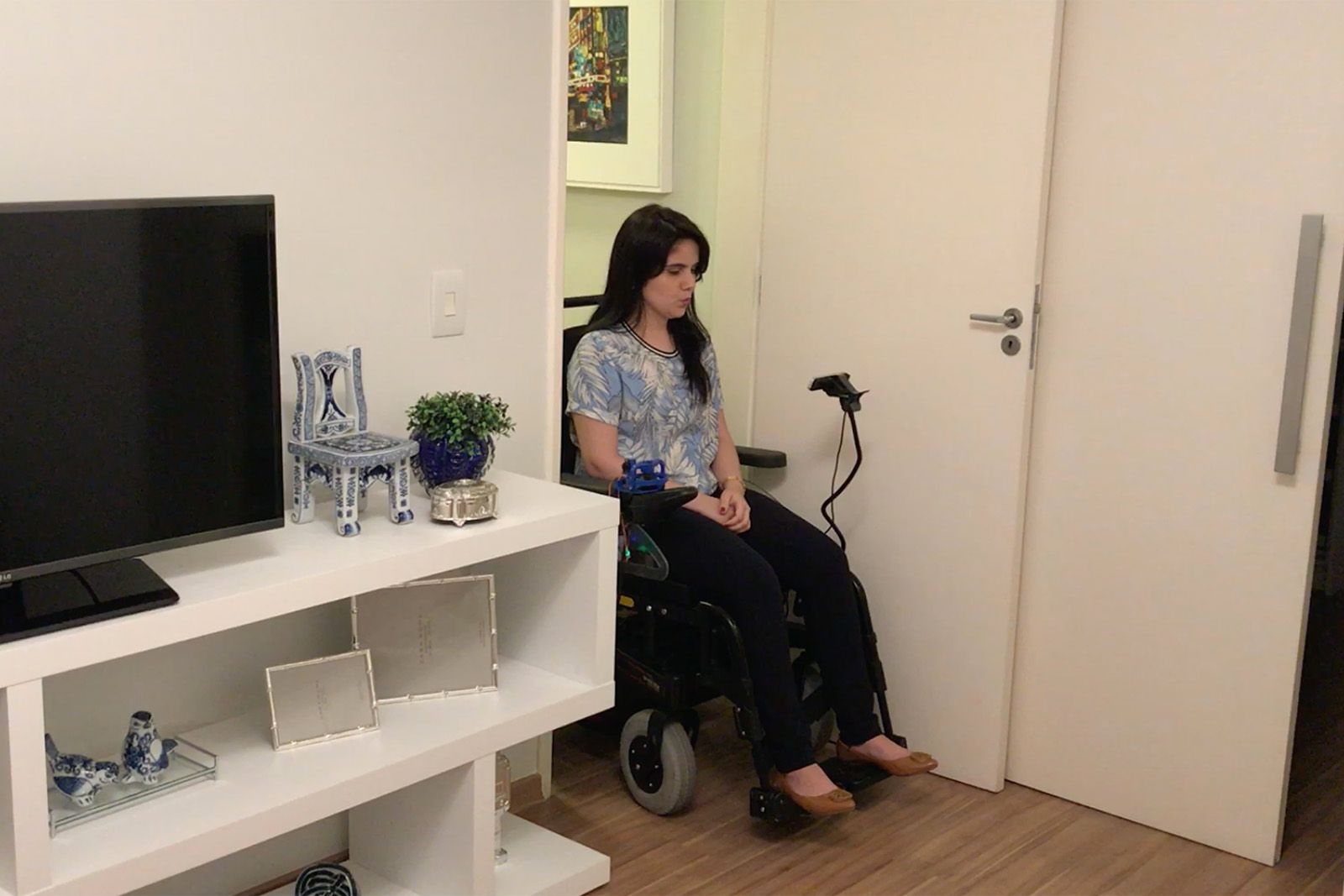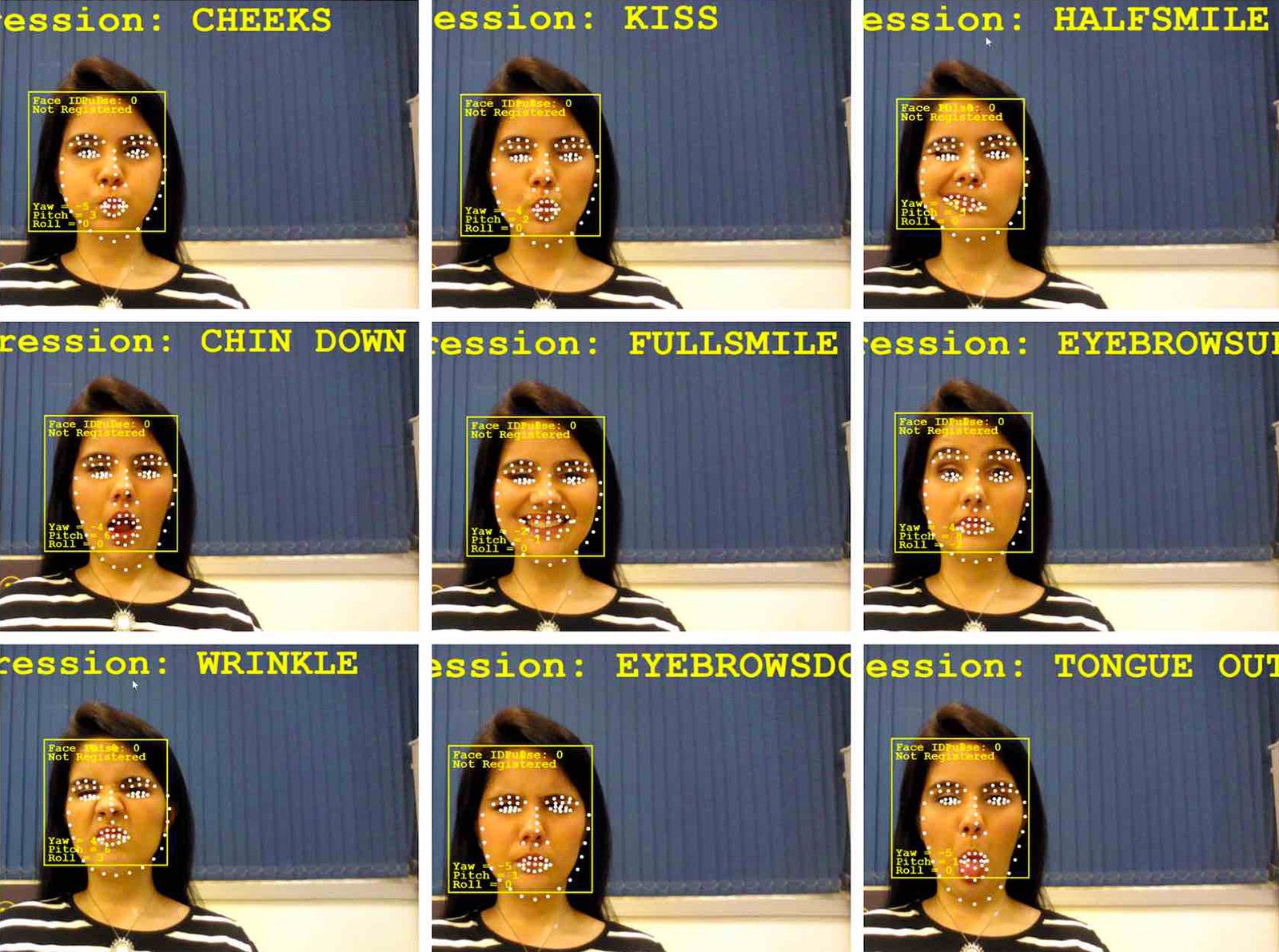What better way to celebrate International Day of Persons with Disabilities than with an excellent example of how technology can greatly enhance quality of life for many disabled people.
The Wheelie 7 kit is Intel-powered and turns a motorised wheelchair into an artificially intelligent device with facial recognition. This provides smart mobility for quadriplegic people and those who struggle with hand or arm movement.
Designed and created by Hoobox Robotics, it cleverly uses Intel AI technologies to recognise facial expressions and turn them into motion commands - moving the wheelchair forwards, backwards and to turn it left or right.
This is essential for safety as, for example, the expression for "stop" has to be read, transmitted and actioned without lag or latency.A 3D Intel RealSense Depth Camera SR300 is housed on the wheelchair to read facial expressions in real-time. This prevents the user from having to wear invasive body or head sensors. And, because Hoobox also uses Intel Core processing and the company's OpenVINO toolkit, the system is precise and instantly responsive.
"It works in real time, it’s just like the blink of an eye," Pocket-lint was told by the CEO of Hoobox, Paulo Pinheiro.
"If you smile, the wheelchair will stop. If you perform a kiss, the wheelchair will move forward. It’s very fast. It is less than 100ms.
"To put this product to market is all about the usability. Precision and speed is part of that usability."
There are 10 facial expressions available to the user, with each chosen for their specific traits. The system will recognise them and is universal, so the user doesn't have to programme anything his or herself.
"Right now, you can choose from 10 facial expressions. Most of our users choose five," he explained.
"One for forward, one backward, left, right and stop. Users can choose the ones most comfortable for them."
They can also be read in any lighting condition, including the dark.
"The two biggest challenges for us were lighting conditions and the position of the head. Wheelie now works in any lighting condition," added Pinheiro.
"It works outdoors in sunlight and even in the dark, such as a movie theater."
By solving these last conundrums, Hoobox and Intel combined have created something rather special in its field. They have also provided an interesting additional use for AI-driven facial recognition beyond security applications and entertainment.
"Today on International Day of Persons with Disabilities, it's important to recognise the ways technology can help people regain mobility and control of their lives. The Wheelie 7 kit from Hoobox Robotics is a great example of using AI to enable people with limited mobility to move around using natural facial movements," stated Intel's head of AI for social good, Anna Bethke. We heartily agree.
The Wheelie 7 kit is available now and can be installed on a motorised wheelchair in "seven minutes".
It is priced on a subscription basis, which is currently offered at $300 per month. Head to Hoobox's website to find out more.


